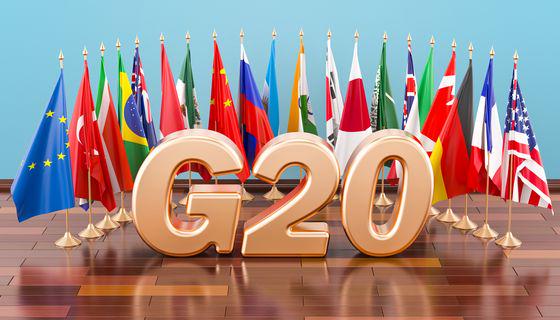
The G20 summit took place in Bali, Indonesia, on November 2022…

Don’t waste your time – keep track of how NFP affects the US dollar!
Data Collection Notice
We maintain a record of your data to run this website. By clicking the button, you agree to our Privacy Policy.

Beginner Forex Book
Your ultimate guide through the world of trading.
Check Your Inbox!
In our email, you will find the Forex 101 book. Just tap the button to get it!
Risk warning: ᏟᖴᎠs are complex instruments and come with a high risk of losing money rapidly due to leverage.
71.43% of retail investor accounts lose money when trading ᏟᖴᎠs with this provider.
You should consider whether you understand how ᏟᖴᎠs work and whether you can afford to take the high risk of losing your money.
Information is not investment advice
“Any two points can make a straight line” – that’s a fair reply to the picture below if I intend to convince you that the mid-term outlook for the Euro is duller than anything else. Let’s see the strategic horizon then.
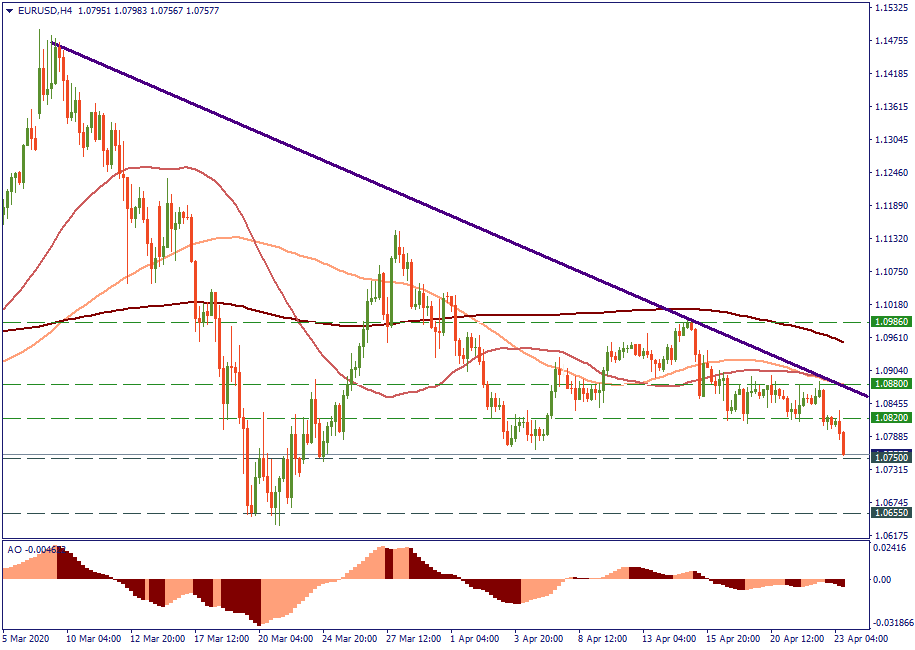
It looks like the downtrend rarely has been alternated by an upward trajectory with the EUR/USD. The breaking point is the crisis of 2008 after which the EUR could never stand up against the USD and hold its ground for more than a year or so. The last episode of a downward movement which starts in the middle of 2018 is so smooth and consistent as if it was “supposed” to be there. In this context, the vulnerability of the EUR against the US dollar due to the virus changes little in the grand scheme.
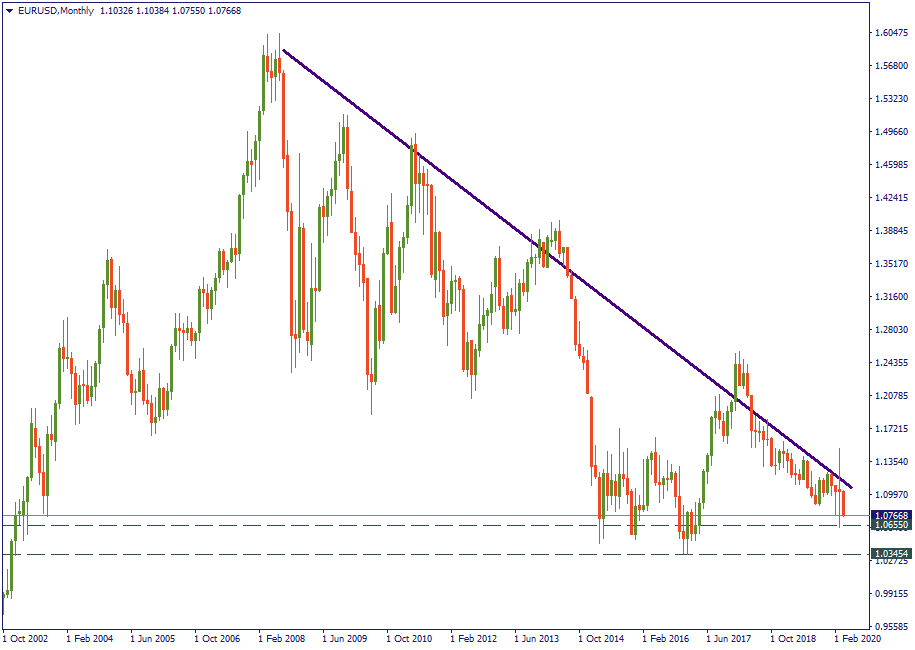
In fact, the crisis Europe is going through now may expose and propel those internal mechanisms that are driving the EUR down. Those mechanisms may be the same that question the economic integrity of the European Union itself, and hence, EUR as well. It’s yet time to open Oswald Spengler’s “The Decline of the West”, though. What’s happening right now in Europe?
The latest data input from the European economic indicators was the Euro Area Manufacturing PMI. The released 33.6 mark was significantly lower than the expected 39.2, even with the factored in virus drawdown. That means that the situation in Europe may be worse than it may be conceived. In fact, the more news comes to the stage, the more it seems so. No surprise that the European stocks are shaken and the EUR gets weaker.
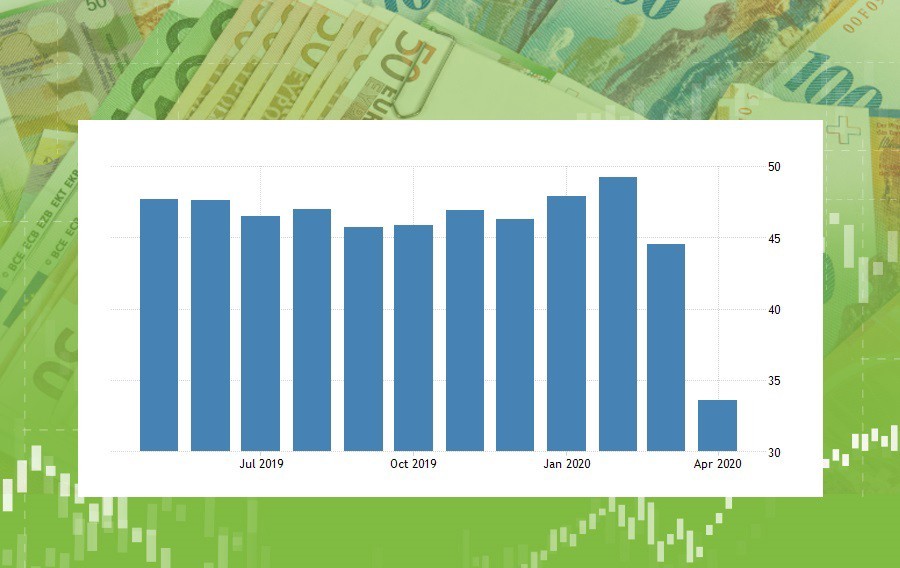
In theory, of course, there is. But realistically, it is very hard to achieve a sustainable exit from the recession for the EU as such. There are too many disparities and economic differences between the countries, applied to the virus response specifically, and in general, that has been the case even before the virus. The infections numbers are still rising in some of the countries, while in others they never have threatened the state as much as they did from the very beginning for others. Virus lockdowns are big damage to businesses, and lifting these lockdowns will be another problem when the time comes. And the list goes on, so it is easier to name what is not an obstacle for the EU to get over the crisis and have the EUR get in the zone of confidence. Let’s not be pessimistic about the EUR though. The battle goes on.

The G20 summit took place in Bali, Indonesia, on November 2022…

The deafening news shocked the whole world yesterday: the British Queen Elizabeth II died peacefully at the age of 96…
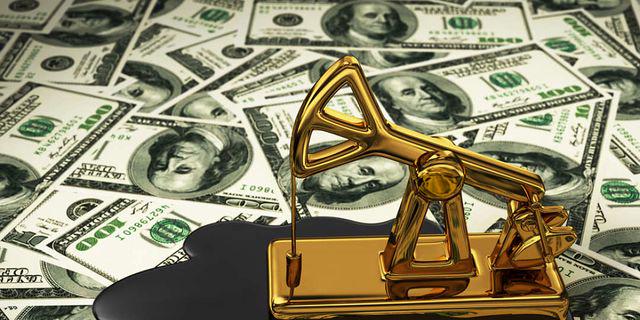
After months of pressure from the White House, Saudi Arabia relented and agreed with other OPEC+ members to increase production.
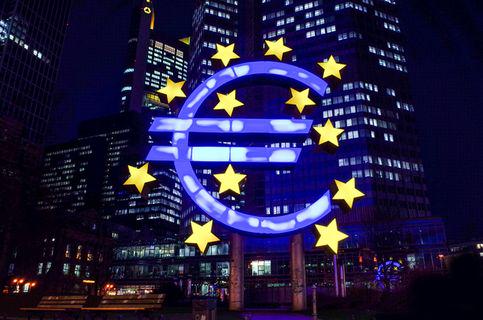
eurusd-is-falling-what-to-expect-from-the-future-price-movement
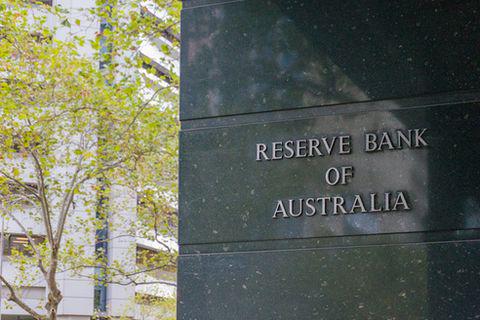
Greetings, fellow forex traders! Exciting news for those with an eye on the Australian market - the upcoming interest rate decision could be good news for Aussies looking to refinance or take out new loans. The Mortgage and Finance Association Australia CEO, Anja Pannek, has...

Hold onto your hats, folks! The Japanese yen took a nosedive after the Bank of Japan (BOJ) left its ultra-loose policy settings unchanged, including its closely watched yield curve control (YCC) policy. But wait, there's more! The BOJ also removed its forward guidance, which had previously pledged to keep interest rates at current or lower levels. So, what's the scoop? Market expectations had been subdued going into the meeting, but some were still hoping for tweaks to the forward guidance to prepare for an eventual exit from the bank's massive stimulus
Your request is accepted.
We will call you at the time interval that you chose
Next callback request for this phone number will be available in 00:30:00
If you have an urgent issue please contact us via
Live chat
Internal error. Please try again later